
“When the rose bead fever seizes a victim nothing can be done but provide the necessary recipes and materials and wait in patience for the attack to pass.”1Tingle, Lilian. “Rose Beads Popular and Are Easily Made.” The Sunday Oregonian. June 30, 1912. Historic Oregon Newspapers. https://oregonnews.uoregon.edu/lccn/sn83045782/1912-06-30/ed-1/seq-68/. In 1912, when this rose bead epidemic swept through Portland. Tingle’s column, previously full of recipe requests, descended into a glorified rose bead column, with an increasingly annoyed Tingle exasperatedly providing recipes and answering the same questions week after week.

The first few times I read about rose beads I had no idea what they were, I assumed they were some type of food, maybe a dessert? Since Tingle’s column focused almost exclusively on food. But in fact they are decorative beads, made from rose petals as the name suggests. The fad is somewhat incomprehensible from a modern standpoint. The beads are usually black or grayish, sometimes dyed red or pink, somewhat shriveled and decidedly homemade. And yet, the column was overrun with requests, on July 21st 1912 alone 6 out of 8 correspondents wrote in with questions about rose beads. In June, Tingle wrote, “a warning to those not yet infected,” claiming, “it is chiefley sentiment (anything made from roses must be beautiful) and an exultant sense of making something for nothing that spreads the fever.” And it wasn’t just young girls making rose beads, “careful housekeepers and busy mothers have been known to neglect every ordinary duty while they made rose beads.”2Tingle, Lilian. “Rose Beads Popular and Are Easily Made.” The Sunday Oregonian. June 30, 1912. Historic Oregon Newspapers. https://oregonnews.uoregon.edu/lccn/sn83045782/1912-06-30/ed-1/seq-68/. Like silly bands or whipped coffee, this trend seemed to have an iron grip on Portland women in 1912. The trend resurfaced in 1914 and even briefly in 1924, but at least in Tingle’s column, 1912 was the peak. The trend was also much more common in Portland than elsewhere, while only just over 50% of Tingle’s correspondents were from Portland almost all of the questions about rose beads were from Portland correspondents.
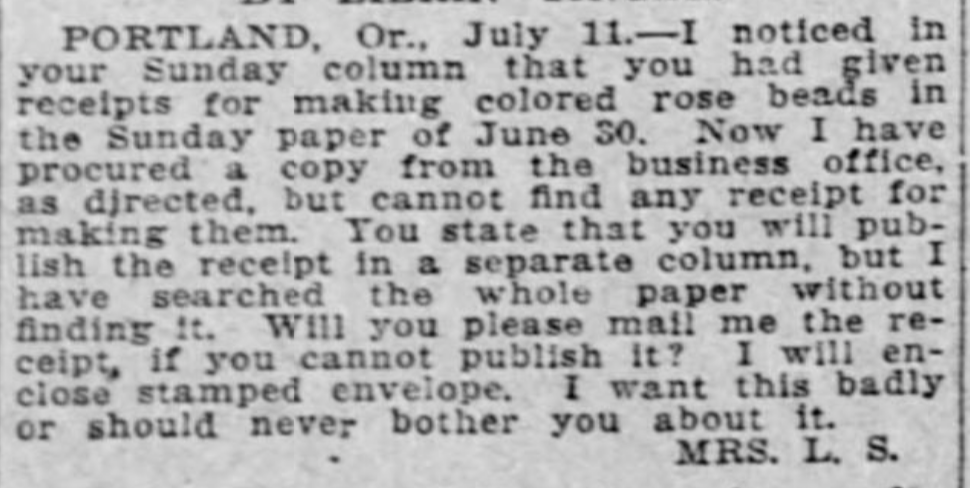



Many people at the time were just as confused by the frenzied popularity of rose beads as we might be today. Men rarely wrote in with questions, but in July of 1912 one “puzzled bachelor” reached a peak of curiosity:
Portland, OR., July 17–As you seem to be an authority on all things feminine and most important things masculine, may a mere man come forward with a question? Why is it that so many women of all ages seem at present irresistibly impelled to mangle, dry and mummify the corpses of what were once beautiful roses, and to string these atrocious remnants round their necks? While the roses from which they are made were no doubt at one time lovely, surely no one can say the same of these horrid relics. Many babies are also beautiful; why then should not the dear little dried fingers and toes of dead infants be stung in necklaces of “baby beads?” I have heard that such a custom is followed in some countries. It would puzzle me to say which of these two species of necklace would be the less attractive to the masculine eye.
A Puzzled Bachelor
I shall evidently have to start a separate “bead column” if this goes on, and even mere men ask me bead questions. As far as I know the reason for making and wearing rose beads is, in the words of Lord Dundreary, “One of those things no feller can understand;” You have my sympathy. The rose bead epidemic is one which recurs every few years in different places as “something new.” Actually of course, it is not “new” at all; but it is “more easily caught than the plague, and the taker runs presently made.” The only thing is to have patience, let them make and wear the beads, and “get it out of their systems,” as it were. Already I observe signs of abatement. One sees just as many beads on the streetcars; but I notice also a tendency to get rid of strings, formerly prefixed, by sending them “back East,” in the hope that they are not so common there. One girl who proudly displayed her rose beads a year or two ago told me recently that she “wouldn’t be found dead in them.” So cheer up. I don’t think many women will adopt your other gruesome suggestion. At least I hope not, because I like babies even more than I like roses; but I have a lingering suspicion that there are women to be found who would wear even “baby beads,” if these were “imported” (form the countries you refer to), if the price was sufficiently high, and if they were assured that “baby beads” were “the very latest exclusive novelty.” If you think I am too hard on some members of my own sex, just consider the matter of aigrettes, Persian lamb, and many other examples of heartless adornment that have been worn by some of us without a shudder.
Lilian Tingle, July 19124Tingle, Lilian. “Answers to Correspondents.” Sunday Oregonian, July 21, 1912, sec. 5. Historic Oregon Newspapers. https://oregonnews.uoregon.edu/lccn/sn83045782/1912-07-21/ed-1/seq-56/#words=rose+roses+TINGLE.
Both Tingle and the puzzled bachelor are somewhat dismissive of women and their hobbies. Men also participate in seemingly frivolous fads and trends, but generally aren’t judged as harshly by society. Tingle adds a critique of consumerism and tasteless wealth. As a domestic scientist Tingle was part of the class of middle/upper class female reformers, and one of the many targets of critique was over consumption and wastefulness. Rose beads wasted time rather than money, and like many popular trends, were seen as gouache and cheap by certain segments of society.
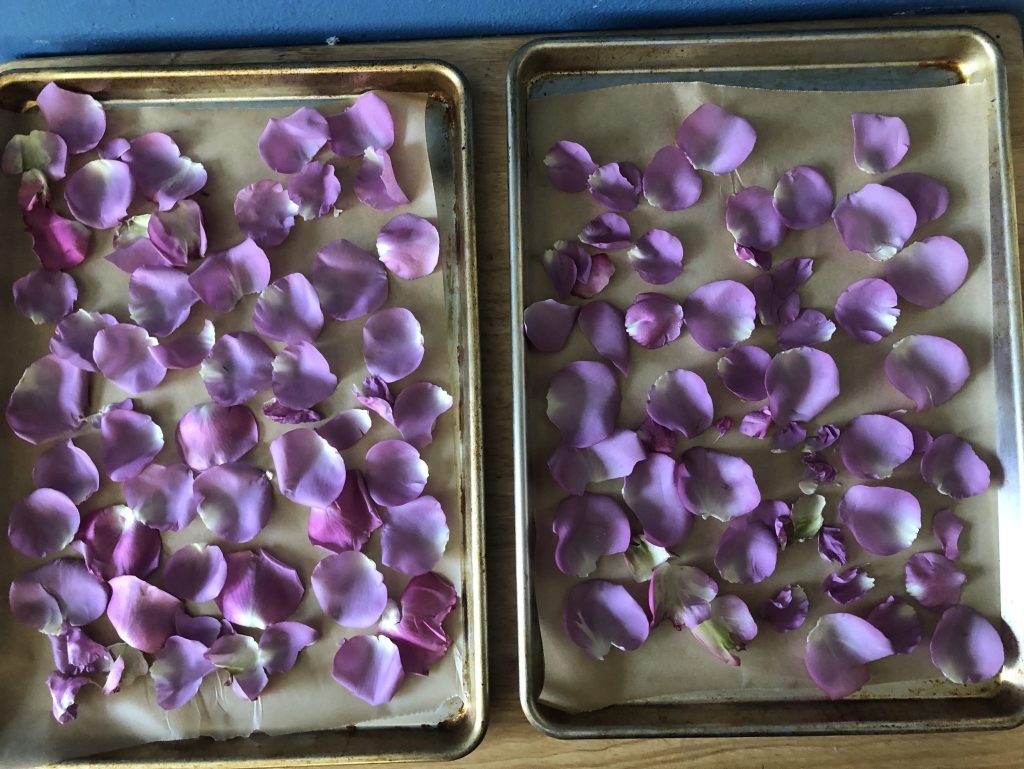
Making The Rose Beads
Tingle published many rose bead recipes. Many included specialized ingredients like gum tragacanth and orris root powder.5Tingle, Lilian. “Rose Beads Popular and Are Easily Made.” The Sunday Oregonian. June 30, 1912. Historic Oregon Newspapers. https://oregonnews.uoregon.edu/lccn/sn83045782/1912-06-30/ed-1/seq-68/. Other beads were made using only rose petals ground into a smooth paste and cooked over low heat for hours. Today, most rose bead recipes that I find use the latter method. It is very slow, messy and uses an enormous amount of rose petals. I decided to make rose beads using one of the cheaper methods. Rather than specialized gums this recipe called for cornstarch, water, salt, and dried powdered rose petals.
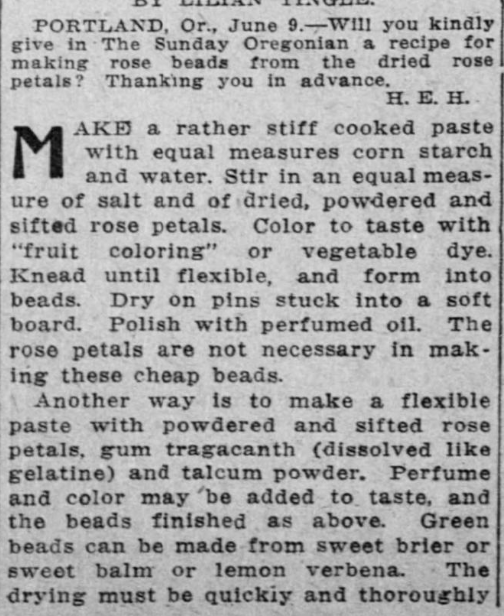
My first stop was Safeway where I bought a bouquet of roses that was starting to wilt. I used the pink/purple flowers for the beads because I wanted to try to make colored beads. Red roses end up very dark or even black when processed.

I dried all the petals in the oven. Tingle suggested sun drying but in classic Oregon style it was raining and I was on a deadline. After drying the petals I crushed them and then used a blender to powder them completely before pushing them through a sieve.
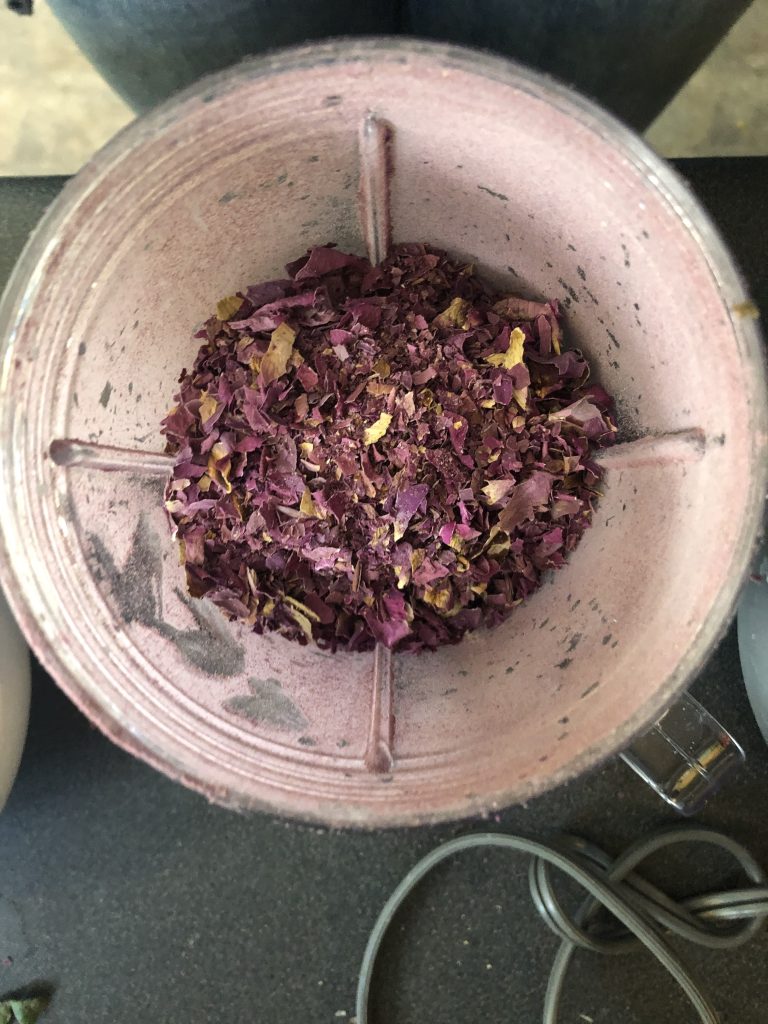
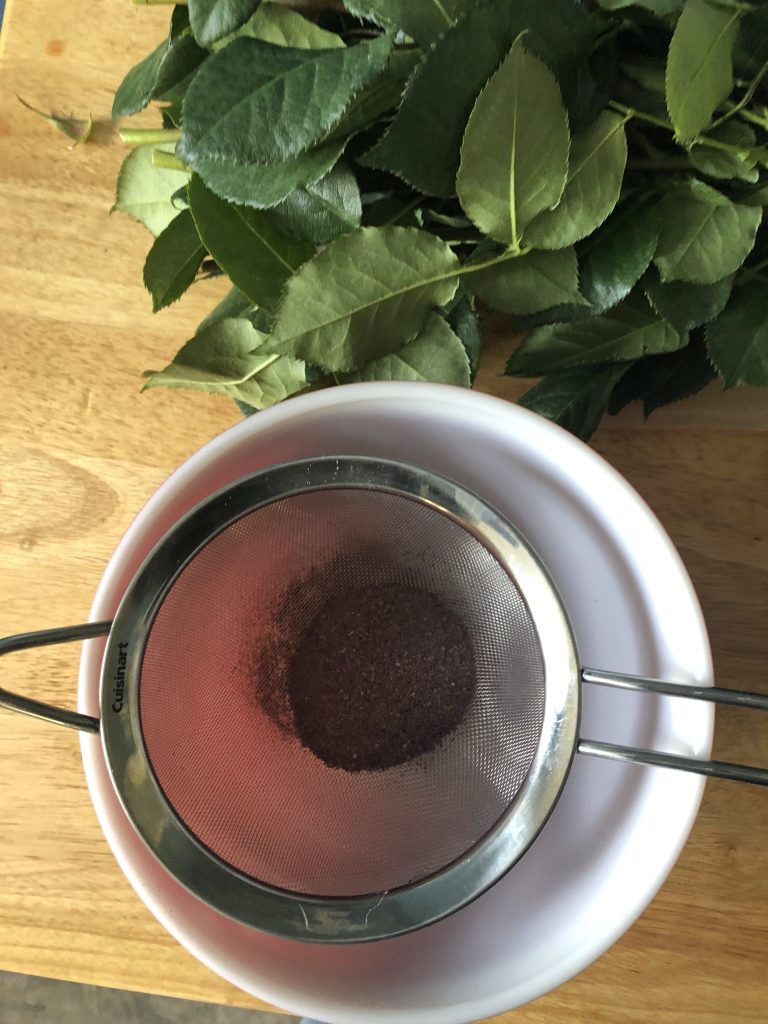
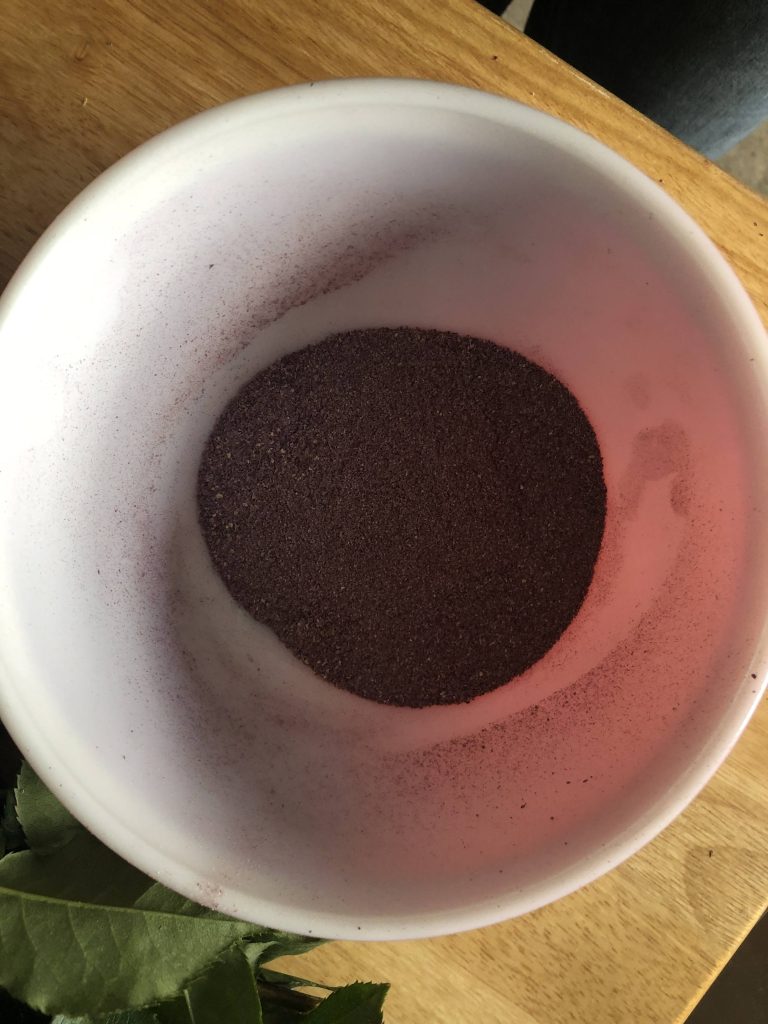
The rest was easy. I made a thick paste with cornstarch and water by cooking it for about five minutes, then mixed in the salt and powdered rose petals. Tingle’s recipe was a bit unclear. It called for equal parts cornstarch and water added to equal parts salt and powdered rose petals. I wasn’t sure if that meant 25% each or 33% cornstarch, 33% water and a combined 33% rose petal and salt. I had enough rose powder to try both ways, and while I can’t be sure what Tingle intended, the 25% each method was very dry and hard to work with, while the wetter mixture formed a smooth clay like dough. I added some powdered food coloring to some of the rose clay (Tingle suggests fruit coloring or vegetable dye), formed them into beads, stuck safety pins through them, and left them to dry.
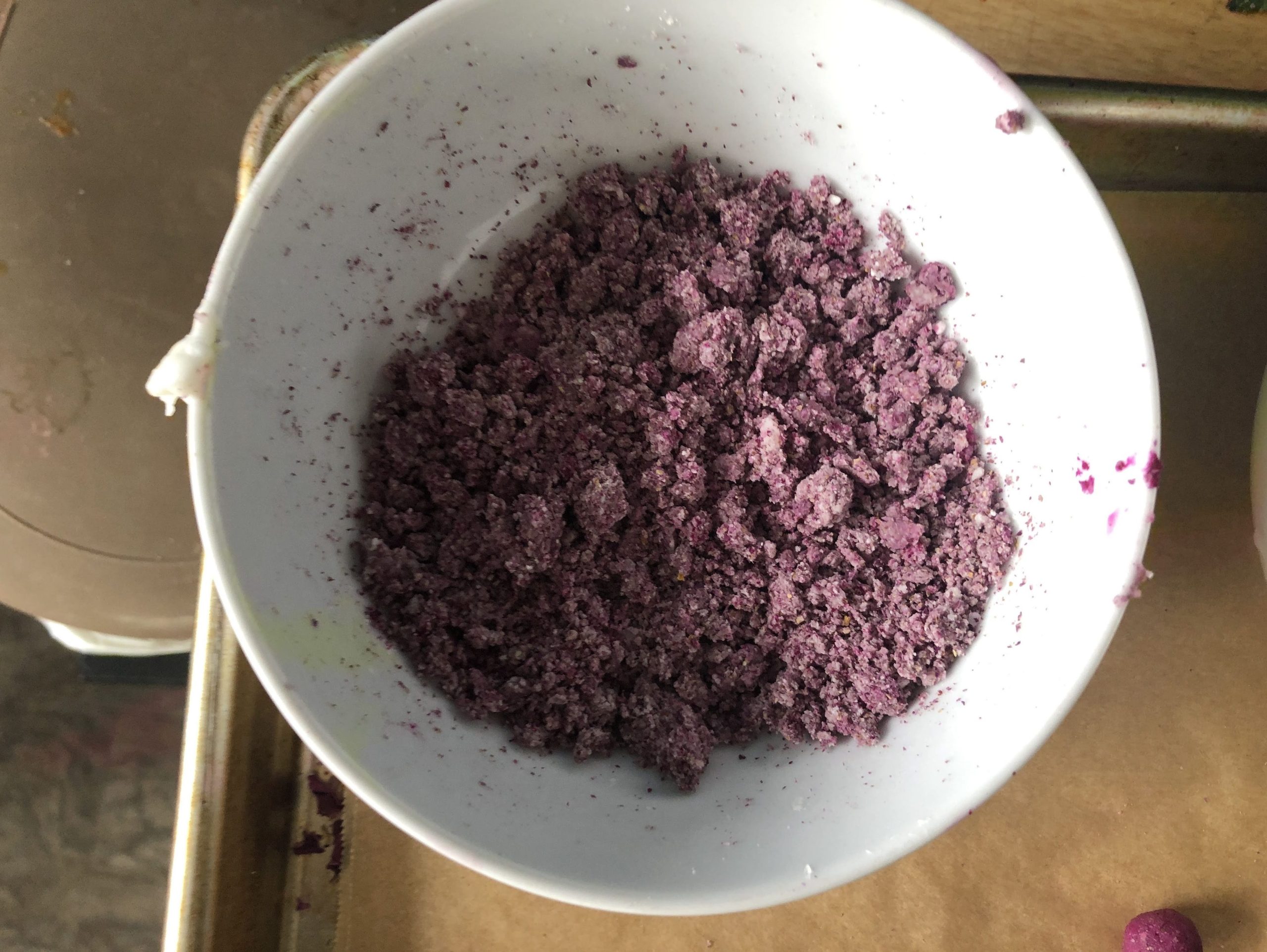
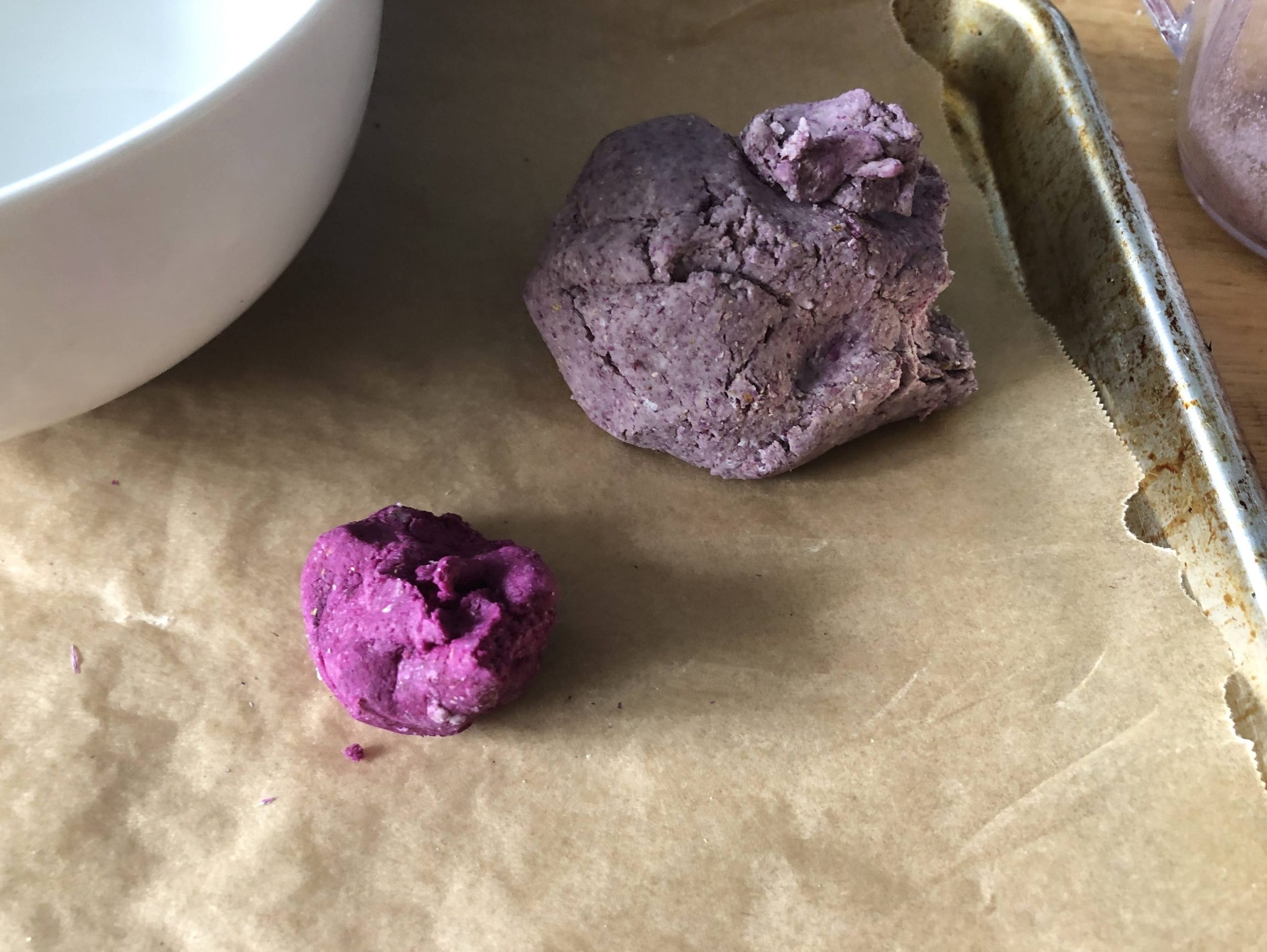

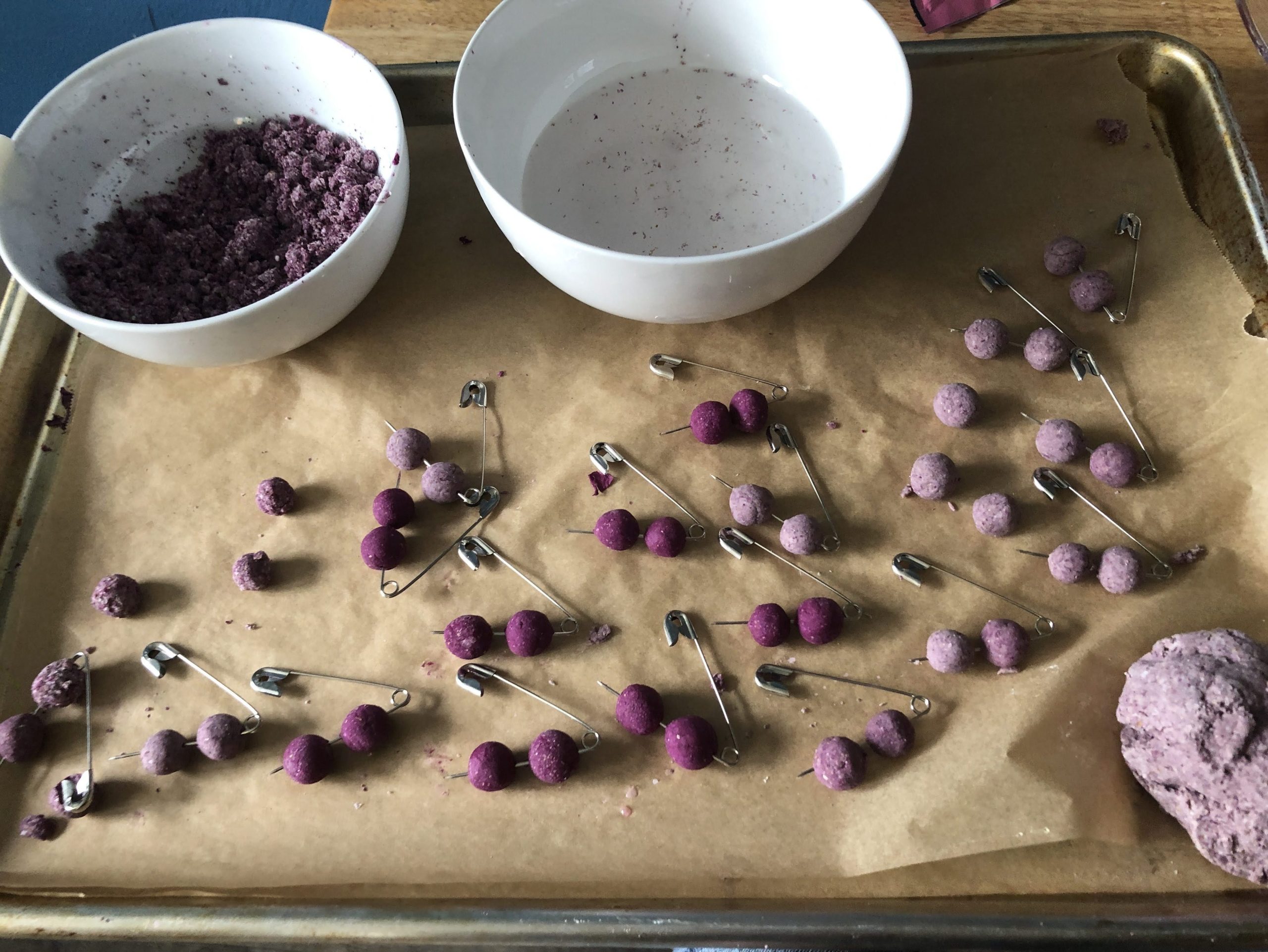
As far as I can tell, one of the appeals of rose beads is their fragrance. Unfortunately I think the method I used didn’t preserve the fragrance as well as it could have. After I dried and powdered the rose petals, instead of smelling like roses they smelled freeze dried. And that’s not just my opinion, as usual I coerced a friend into helping me and they agreed. It didn’t smell like freeze dried strawberries, or blueberries it just smelled freeze dried. I added some rose water to the rose clay, so hopefully they will still have some scent once they dry. It’s been about a day since I made them and while they’re not fully dry they have started to get lighter and grayer as they sit. I can see how this could have been a fun project in 1912, but I mostly found it tedious and I can’t say I like the look of the beads. I think I have to agree with the puzzled bachelor, the roses were far more beautiful before being mangled and mummified.
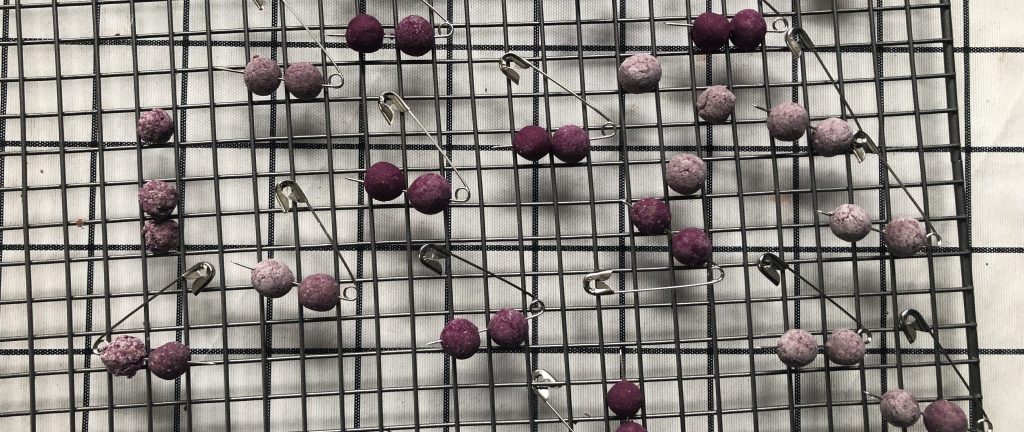
**Update: after about two weeks the rose beads look essentially the same, but definitely drier and lighter in color. They have a patina of white powder on the outside and I don’t know how it would be possible to polish them. I can’t say I’m leaping at the chance to turn them into a necklace but if I do I’ll post a picture. I should probably do something soon though, I can’t imagine my roommate is enjoying the amount of counter space they’re monopolizing.
Notes
Click on in-text footnotes for citations, or visit this page for full references.